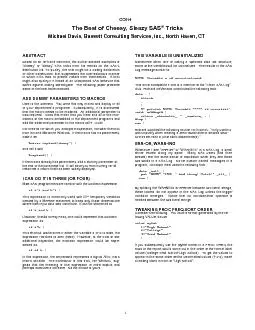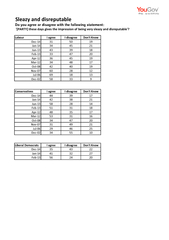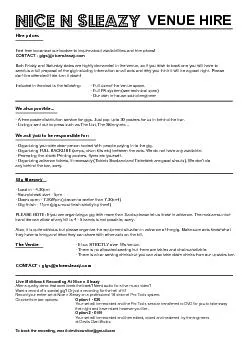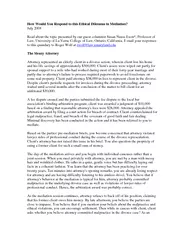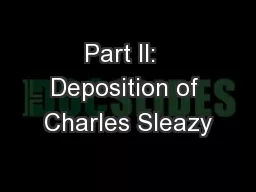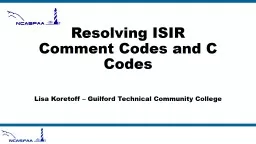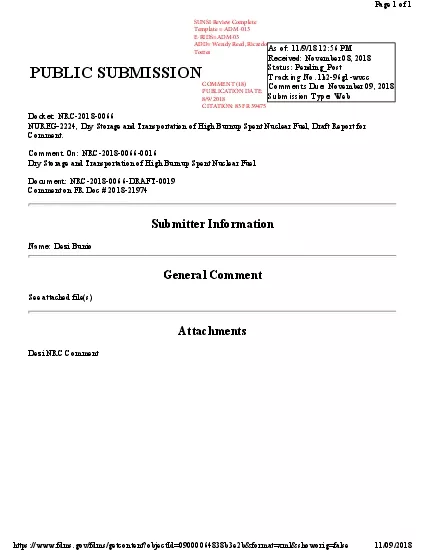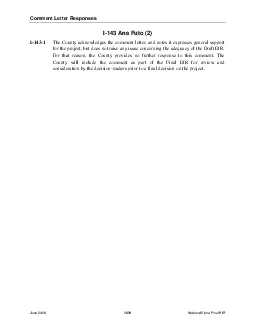PDF-The Best of Cheesy, Sleazy SASBased on an off-hand comment, the author
Author : ellena-manuel | Published Date : 2015-10-24
In the FREQ procedure format labels with a leading blank sort ahead of the other values but the blanks do not appear in the You need to determine whether a global
Presentation Embed Code
Download Presentation
Download Presentation The PPT/PDF document "The Best of Cheesy, Sleazy SASBased on a..." is the property of its rightful owner. Permission is granted to download and print the materials on this website for personal, non-commercial use only, and to display it on your personal computer provided you do not modify the materials and that you retain all copyright notices contained in the materials. By downloading content from our website, you accept the terms of this agreement.
The Best of Cheesy, Sleazy SASBased on an off-hand comment, the author: Transcript
Download Rules Of Document
"The Best of Cheesy, Sleazy SASBased on an off-hand comment, the author"The content belongs to its owner. You may download and print it for personal use, without modification, and keep all copyright notices. By downloading, you agree to these terms.
Related Documents

